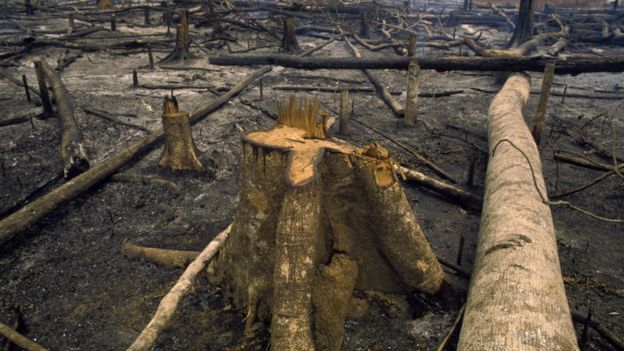
- Australian CO2 emissions have surged by 250 million tonnes as a result of bushfires in New South Wales and Queensland.
- Vegetation vital for absorbing CO2 is being destroyed by the blazes.
- Experts say climate change is increasing the frequency and severity of the fires.
The east coast of Australia is burning. And as bushfires rip through everything in their path, they are generating CO2 emissions that pose a long-term threat to the world.
NASA data, supplied to Guardian Australia, shows that since August fires in New South Wales and Queensland have increased Australia’s annual emissions by 250 million tonnes – that’s half the country’s total emissions in 2018.
Australia is in the grip of a severe heatwave, with forecasters predicting the country’s highest-ever temperature of 50.7°C could soon be exceeded.

Image: Australian Government Bureau of Meteorology
So far, the fires have killed six people, destroyed hundreds of homes, and consumed 2.7 million hectares of countryside, wiping out plant life that is vital for absorbing future CO2 emissions. The cost of the damage has already reached $100 million.
Air quality
More than 2,000 firefighters have been tackling the bushfires but fire chiefs say a prolonged drought has made the task much harder.

Image: Reuters
Sydney has recorded air quality 22 worse than standard levels as bushfire smoke has created a smog that has caused respiratory problems for residents. Actor Sam Neill reported smelling the fires at 39,000 feet while his flight was still hundreds of miles from Sydney.
At 39000 ft , we could smell Australia long before we saw it . Perhaps 300 miles out. And it smelt of bushfires. Then as we came in to land , it looked more like the End of Days. pic.twitter.com/d5MjwnnBqL
— Sam Neill (@TwoPaddocks) December 3, 2019
Bushfires are common in this region of Australia during the summer and autumn, but this year the blazes have arrived early and with unexpected ferocity. The country’s Bureau of Meteorology says climate change is influencing the frequency and severity of dangerous fires.

Image: REUTERS/Stephen Coates
The extreme weather has prompted renewed calls for climate action by the Australian government. In response to the crisis, New South Wales is reported to be planning new climate targets, reducing emissions by 35% by 2030, compared to a national target of a 26% cut.
Tackling climate change
Australia was ranked 43rd out of 115 nations in the World Economic Forum’s 2019 Energy Transition Index because of its heavy dependence on coal for electricity generation.
However, there are ambitious plans to harness the country’s abundant sunshine to generate renewable energy for export. Plans have been announced to build a huge solar farm, covering 15,000 hectares in the Northern Territory, to supply power to Singapore.

Image: Reuters/Darren Pateman
In the Pilbara region of Western Australia an even larger green energy project is under way. The Asian Renewable Energy Hub plans to use wind combined with solar to generate up to 15 gigawatts of electricity at what backers say will be the world’s biggest wind/solar hybrid site.
By greening its industries and becoming a major exporter of renewable energy, Australia would be able to reduce its carbon emissions which, including its coal, oil and gas exports, now account for 5% of the global total.




